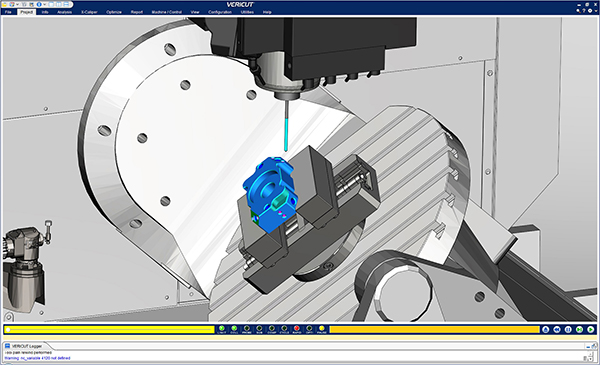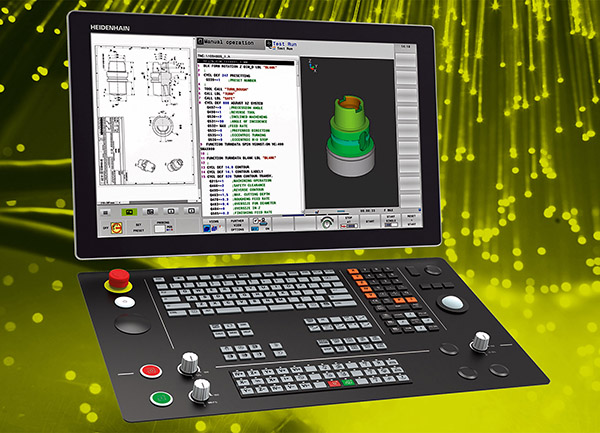The launch of Vericut 9.0 has brought with it several enhancements designed to increase power and improve efficiency. These new features and benefits will be showcased at the Southern Manufacturing exhibition on 11-13 February, where CGTech will be presenting from stand C215.

Gavin Powell, CGTech technical director, says: “Vericut 9.0 is smarter than previous versions, offering more robust connections to tooling databases and the latest CAM systems. Most users will experience gains in performance, as well as sharper, clearer and more realistic views of machines and the machining process. Enhancements to Vericut’s free Reviewer app also lets programmers share with others [like machinists or quality assurance personnel] how parts are manufactured.”
The new features include an enhanced graphics display. Vericut 9.0’s greatly enhanced image quality makes it easier to spot problems and imperfections in machined parts. Users can switch seamlessly between workpiece, machine or profile views, or combine them in a variety of view layouts.
Another added feature is streamlined verification. Any of Vericut’s major functions, such as auto-diff, section, and x-caliper, can be used in any view, which streamlines the verification effort and increases productivity.
In terms of ‘Force’ optimisation, Force Analyse can now be used without any prior configuration, to spot potentially dangerous machining conditions or identify under-utilised tools. Force charts has a new fill comparison option to help visualise the changes made by Force optimisation to feed rates and chip loads.
Further additions and enhancements include those involving appearance settings, x-caliper, set-up plan, multi-tool station, tool change list panel and section window.
For further information www.cgtech.com























